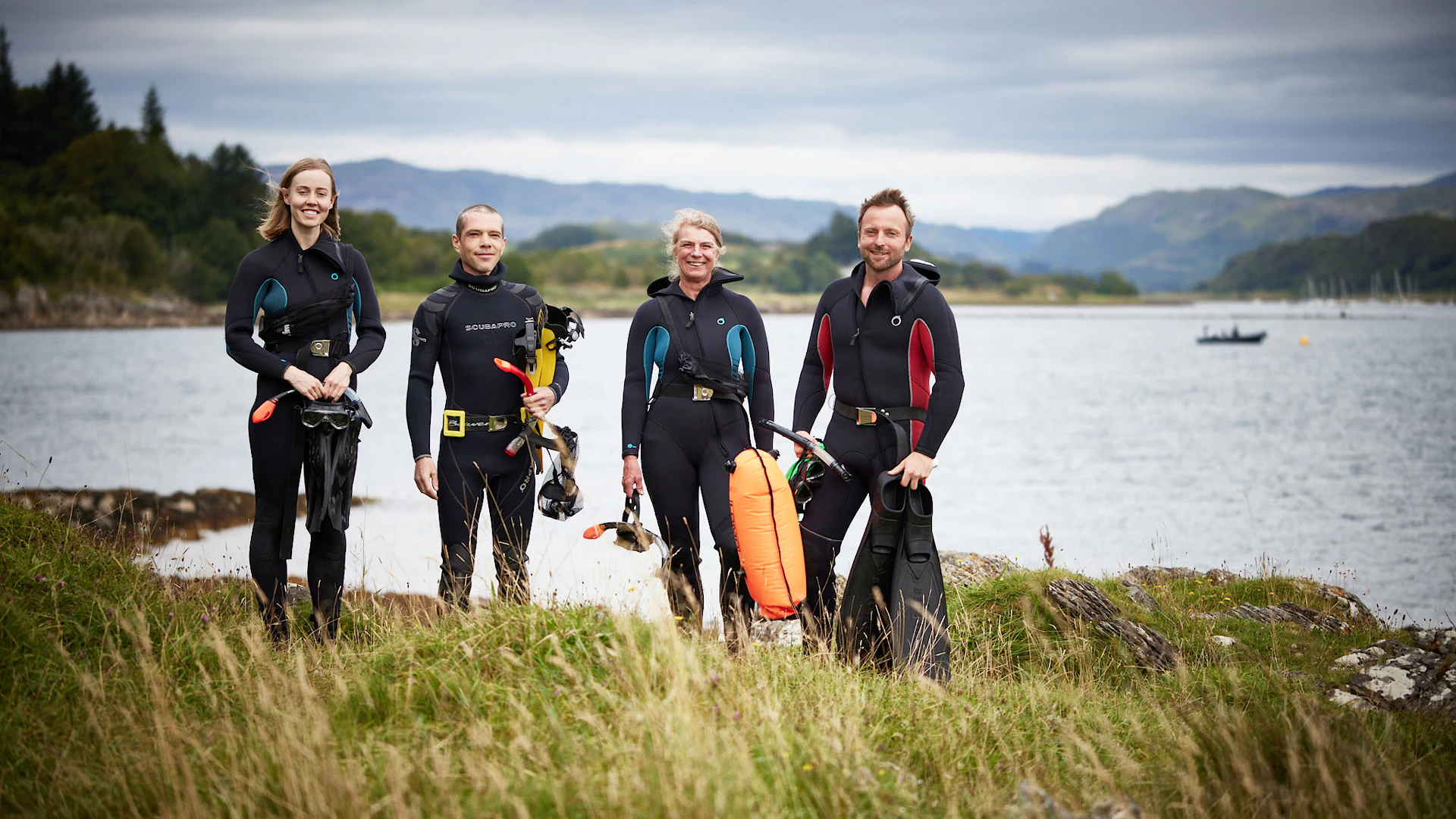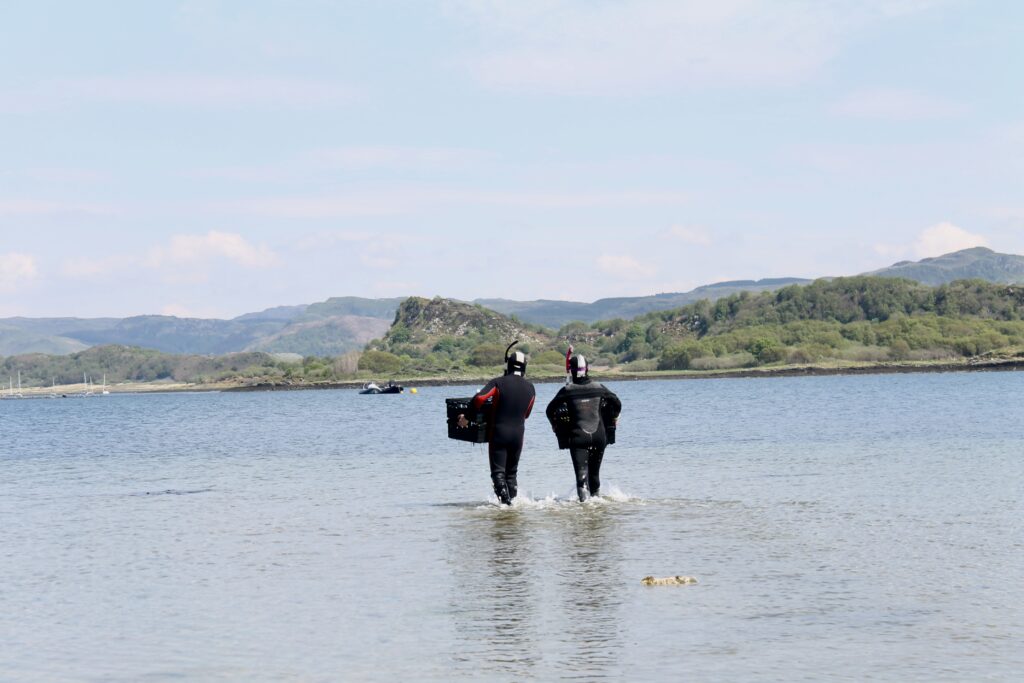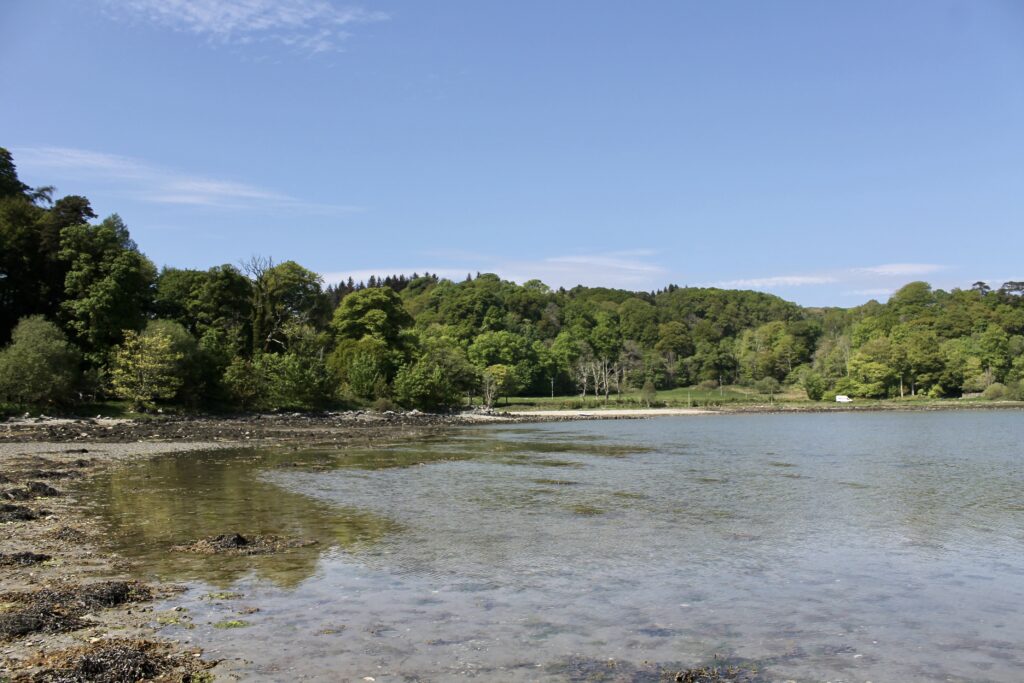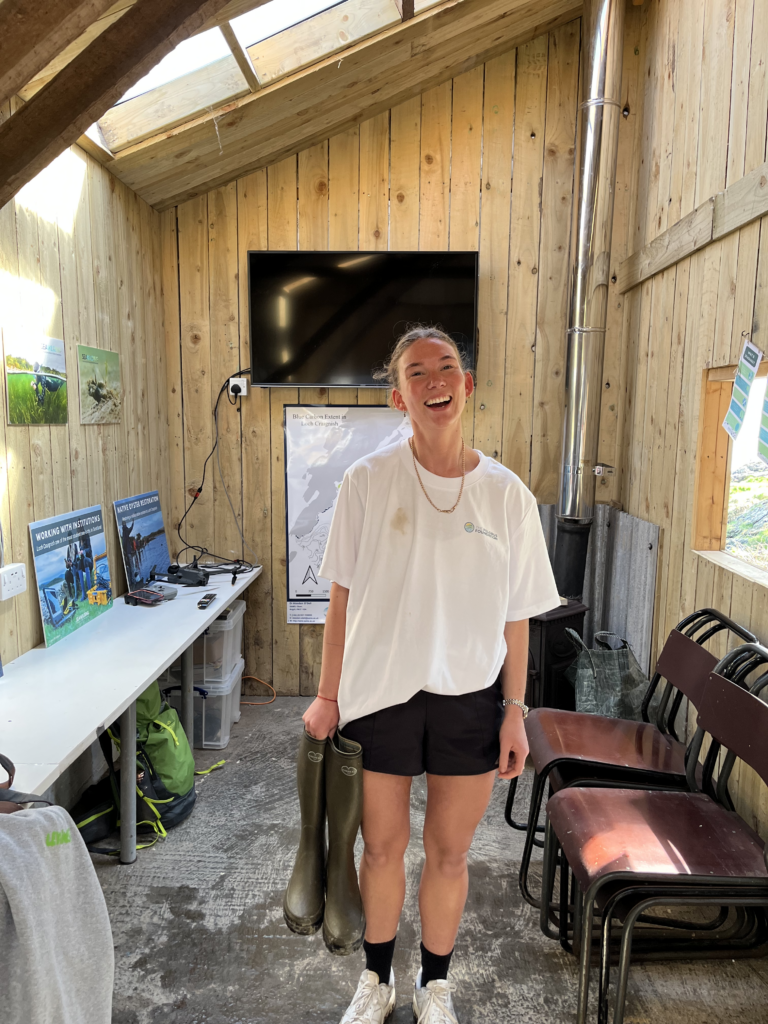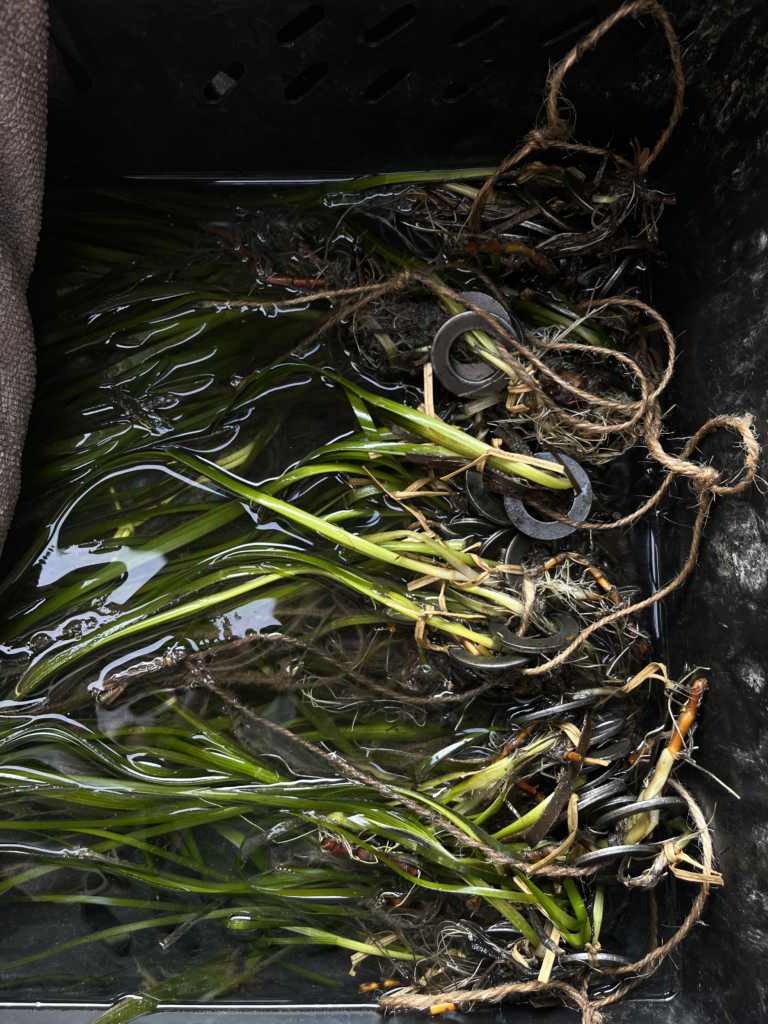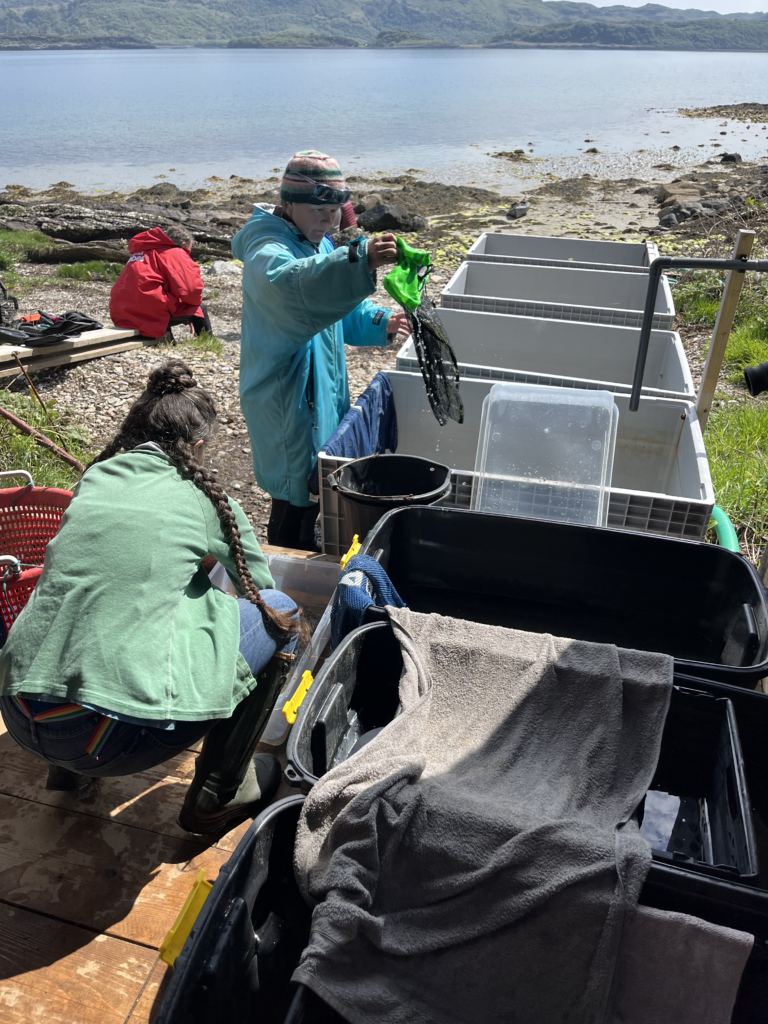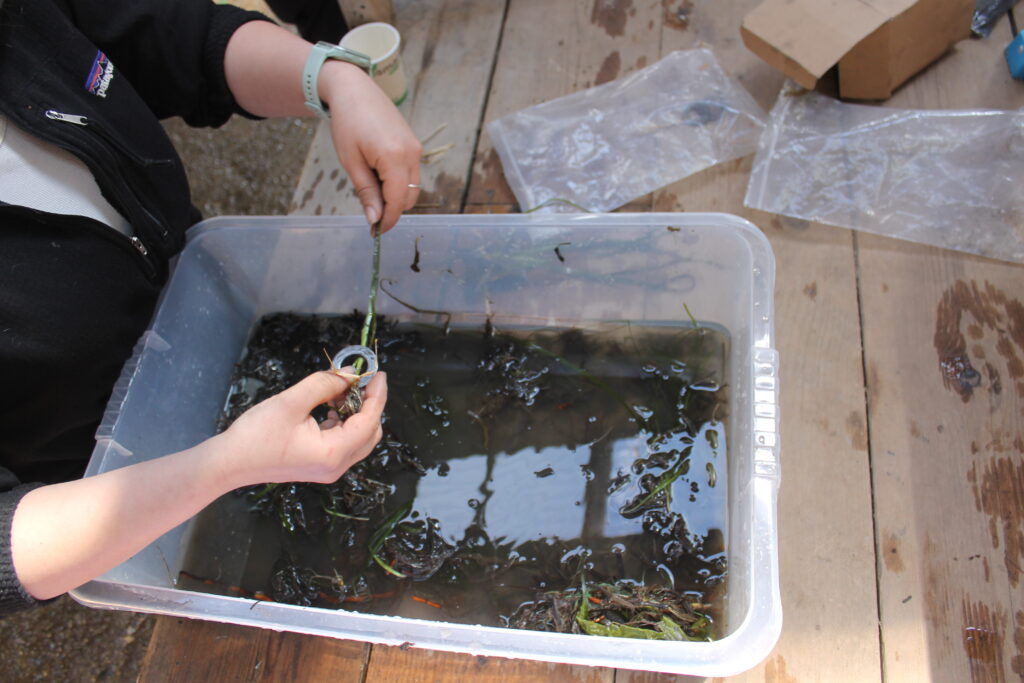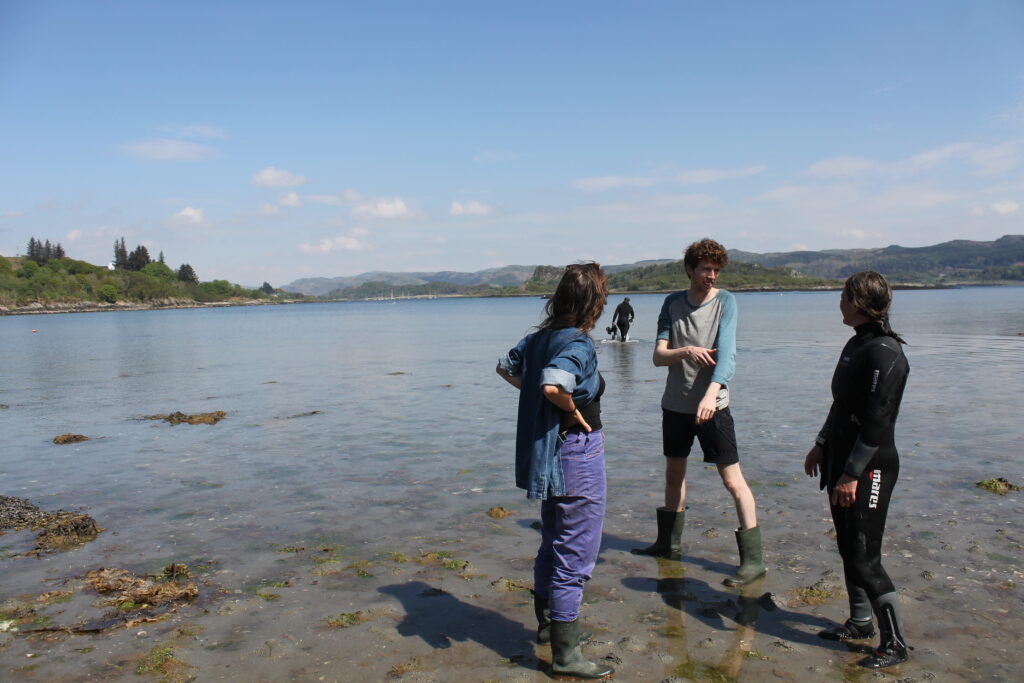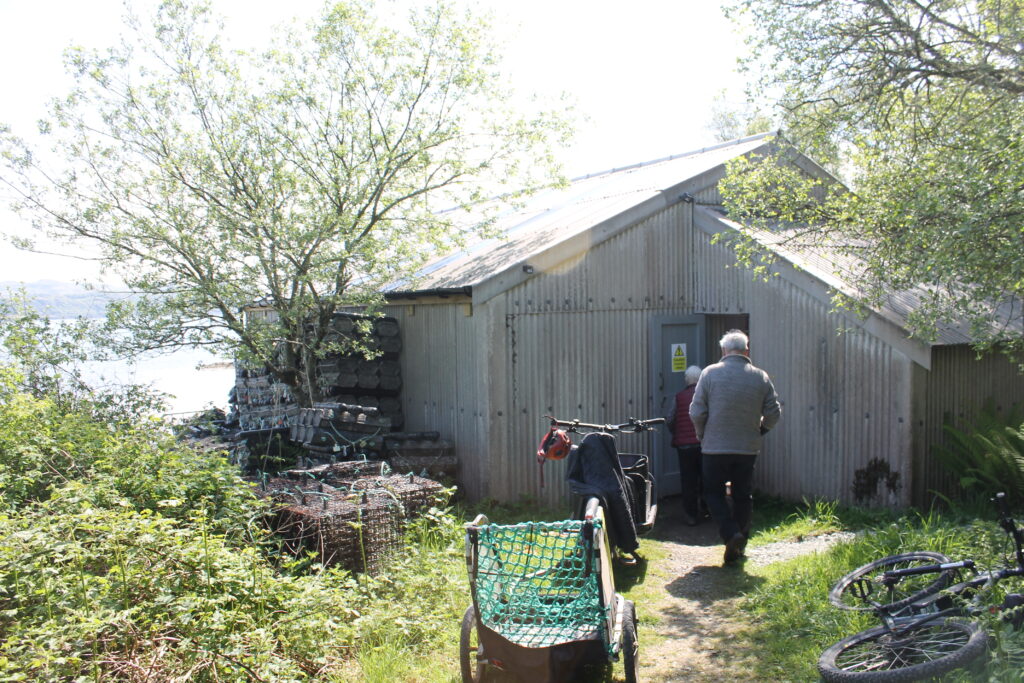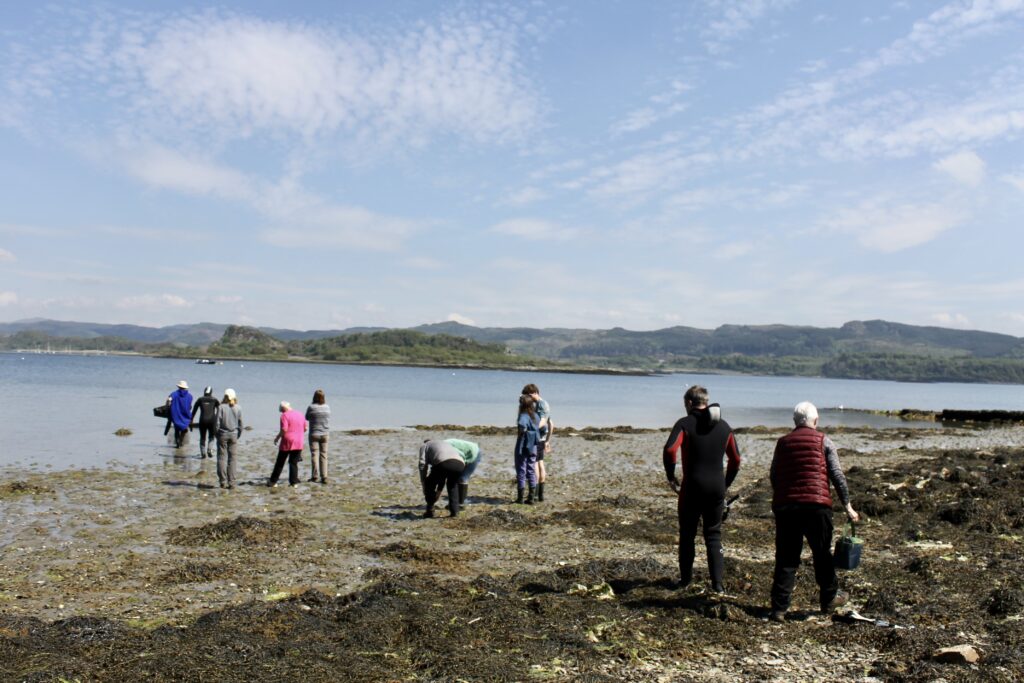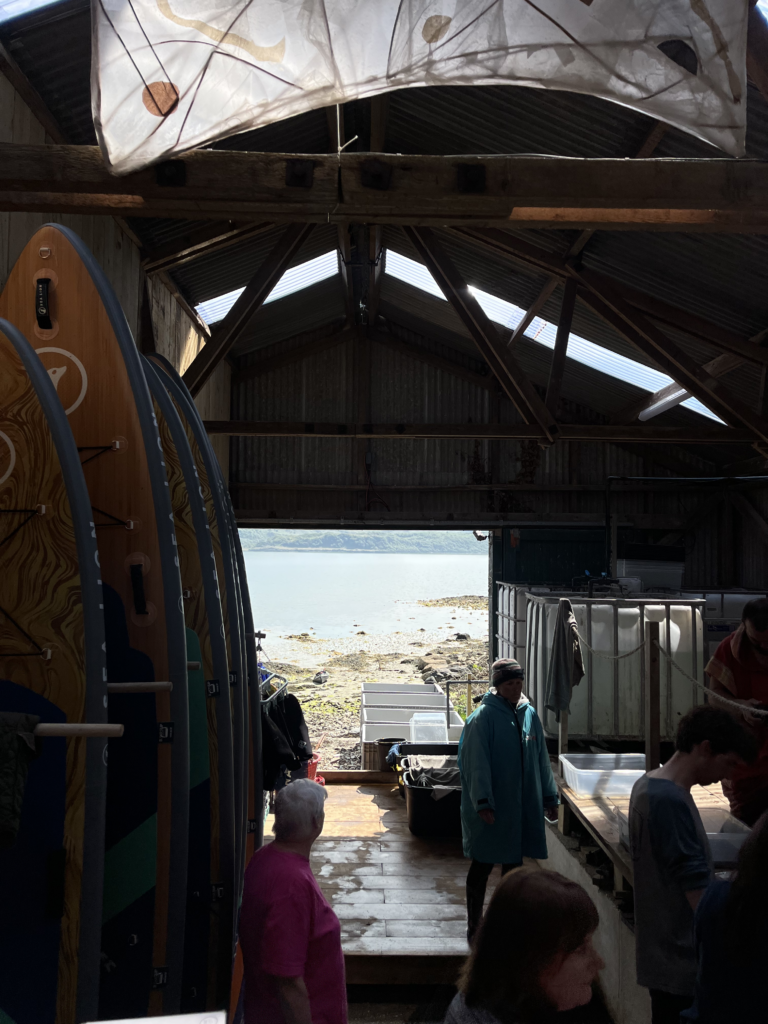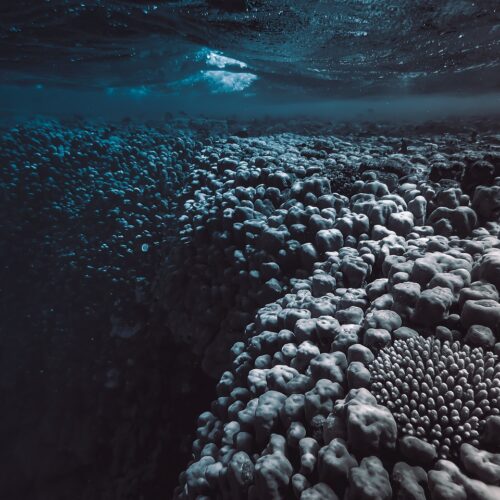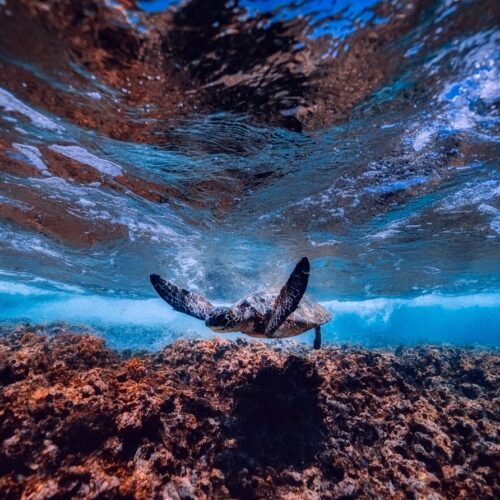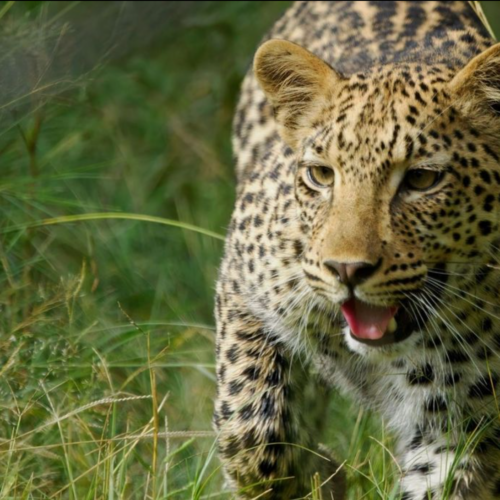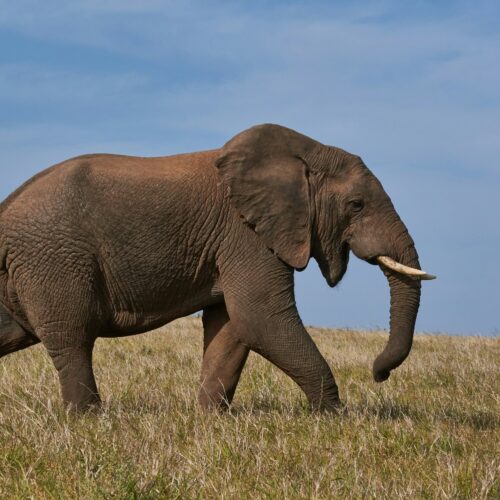What other areas of marine conservation does Seawilding focus on?
In addition to seagrass restoration, Seawilding’s focus extends to the vital role of native oysters in the marine environment. Known as ‘Ocean Engineers’, oysters play a vital role in marine ecosystems, from filtering water, improving clarity and quality, creating habitats that enhance biodiversity, and protecting shorelines from erosion by acting as natural breakwaters. Additionally, oysters play a crucial part in nutrient cycling, helping to prevent harmful algal blooms, and contributing to carbon sequestration through their shells. Once abundant in Loch Craignish, with giant shells seen along the shoreline, native oyster populations have crashed, prompting Seawilding’s ambitious project to restore one million native oysters to the loch. It’s the largest project of its kind in the UK. From sourcing oyster larvae from hatcheries to nurturing them in nurseries, Seawilding’s community volunteers scatter the juvenile oysters onto the seabed, with over 300,000 already released. So far, the oysters are growing well with a 40% survival rate, and in some of the newly restored areas, they are now seeing oyster beds beginning to form.
What is the bigger picture in terms of community involvement?
Community engagement is at the core of Seawilding’s work. Through local initiatives like Seawilding, pupils from six primary schools are able to actively participate in monitoring biodiversity and native oyster populations, fostering a deeper connection with their coastal environment and inspiring careers in marine conservation. Seawilding is also engaging, training, and empowering other conservation-minded communities in the battle for better, more sustainable management of inshore marine habitats.
What last impressions did the day leave you with?
Working in conservation and spending a lot of time swimming, surfing, and fly fishing in our lochs, lakes, rivers, and seas, I have grown increasingly concerned about the state of our waters. Pollution levels are making us ill, and wild fish stocks are in critical decline, starkly indicating that our water systems are not functioning. The alarm bells are quickly becoming sirens. Reported wild Atlantic salmon catches decreased by 25% from 2022 to 2023, and meanwhile, the UK’s seagrass meadows have shrunk by up to 92%, and wild native oyster populations have declined by 95%. Setting up camp that evening at Craignish Point looking out to sea, I noticed that somewhere within me, some small sense of hope had been reinstalled. And I felt relieved by what my hope signified – that I still believed we could repair the damage which has been done. At its core, Seawilding’s solution seemed quite simple too: based upon the powerful coupling of a community that cares and the incredible power of the ocean to heal itself.



